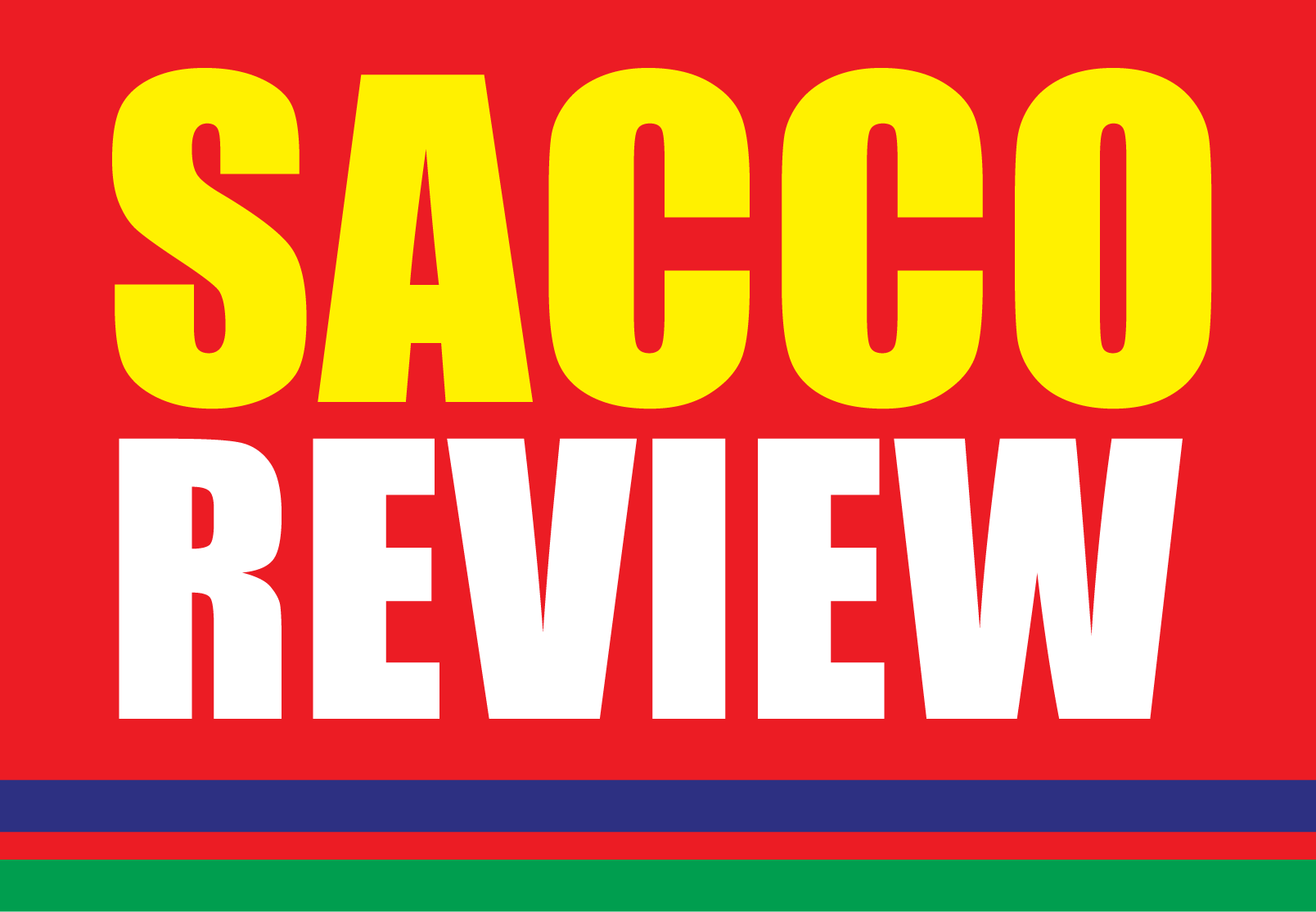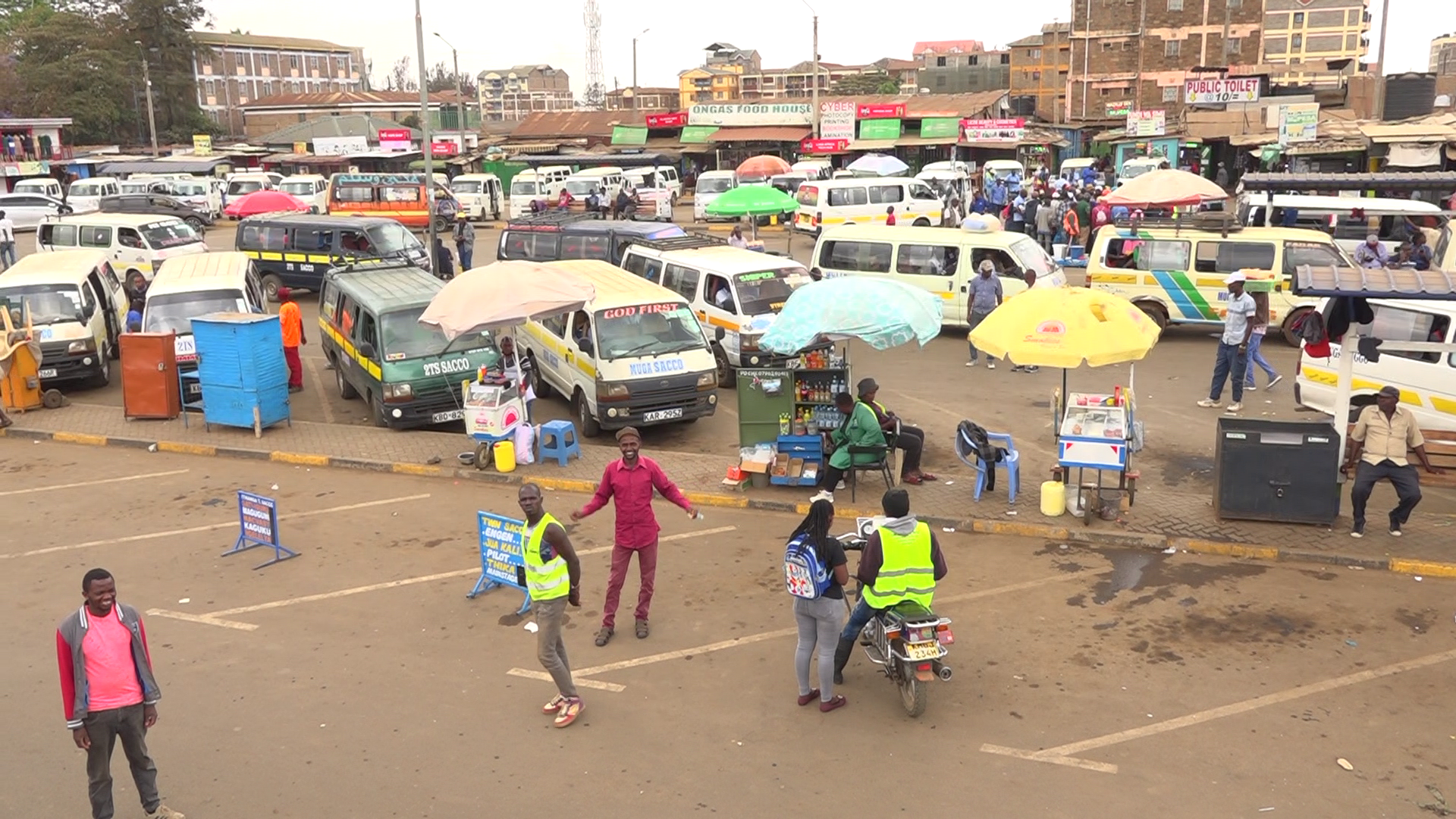Kenya’s deposit-taking Saccos have overtaken banks in the affordable loans issuance even though its resources remain overstretched.
According to Sacco Societies Regulatory Authority, (SASRA), loans issued to members surpassed deposits by Ksh92.2 billion in 2024, the highest on record.
The trend demonstrates the growing reliance on co-operatives for affordable borrowing in a climate of high bank interest rates.
Data from SASRA indicates that saccos’ loan portfolios climbed 11 per cent to Ksh842.8 billion last year, while deposits increased by 10.7 per cent to Ksh750.6 billion.
The faster expansion of loans compared with deposits highlights the rising pressure on Saccos to fund lending without straining liquidity.
The gap between loans and deposits has been widening for eight consecutive years, nearly doubling since 2021 when it stood at Ksh49.7 billion.
The surge in sacco lending contrasts sharply with commercial bank trends. Banks’ loan books shrank by 2.7 per cent to Ksh4.07 trillion, a drop of Ksh113.2 billion, as the cost of credit climbed to an eight-year high.
ALSO READ:
Kenya’s Cooperative sector reels from Ksh3.49 Billion remittance crisis
The Central Bank of Kenya raised the base lending rate to 13 per cent in February 2024 and maintained it until August, driving some commercial lenders to charge as much as 25 per cent.
By comparison, sacco loans remained between 12 and 14 per cent, making them more attractive to households and small businesses.
Despite the growth, the widening gap between loans and deposits presents a potential liquidity risk.
Deposit mobilisation has been constrained by stagnant salaries over the past five years, coupled with mandatory deductions for housing, social healthcare, and pensions, which reduce members’ ability to save.
The sector is also grappling with rising loan defaults. Non-performing loans climbed 19.7 per cent to Ksh53.1 billion, pushing the NPL ratio to 6.3 per cent from 5.85 per cent the previous year.
Provisions for bad loans were increased by 26.6 per cent to Ksh55.5 billion to cushion the impact.
While some saccos have leaned on retained earnings and external borrowing to maintain lending, overall reliance on debt fell. SASRA reports a 5.9 per cent decline in external borrowing to Ksh25.2 billion, reflecting cautious approaches to financing despite the booming loan demand.
The record surge in SACCO loans reflects their growing role in bridging the credit gap for Kenyans seeking affordable finance, yet the trend poses challenges for ensuring sustainable operations amid rising defaults and slower deposit growth.
By Juma Ndigo
Get more stories from our website: Sacco Review.
For comments and clarifications, write to: Saccoreview@
Kindly follow us via our social media pages on Facebook: Sacco Review Newspaper for timely updates
Stay ahead of the pack! Grab the latest Sacco Review newspaper!



